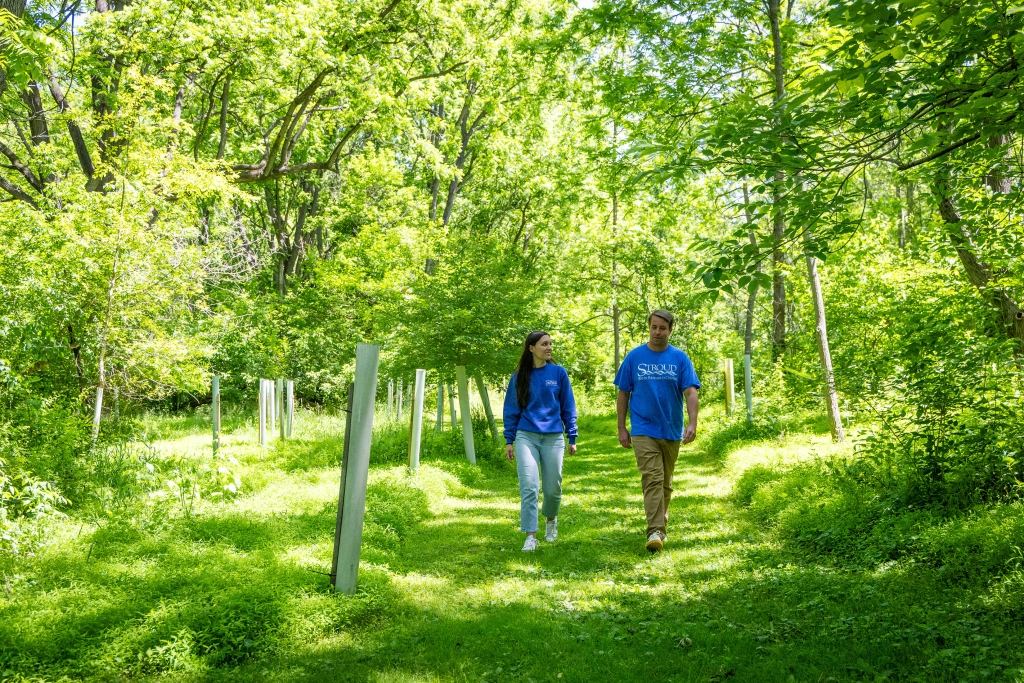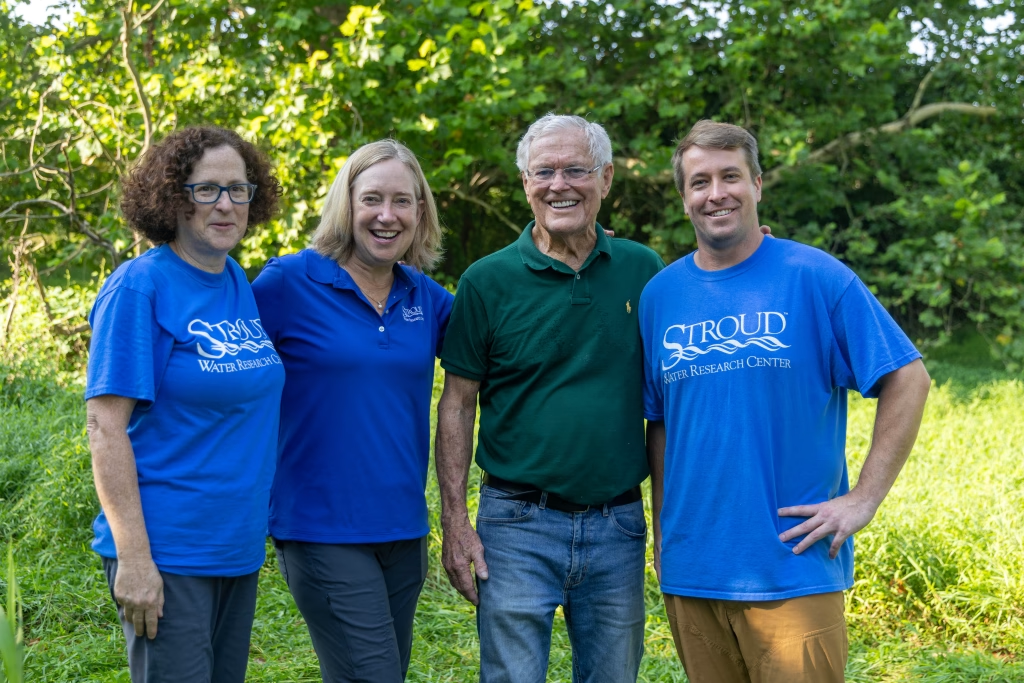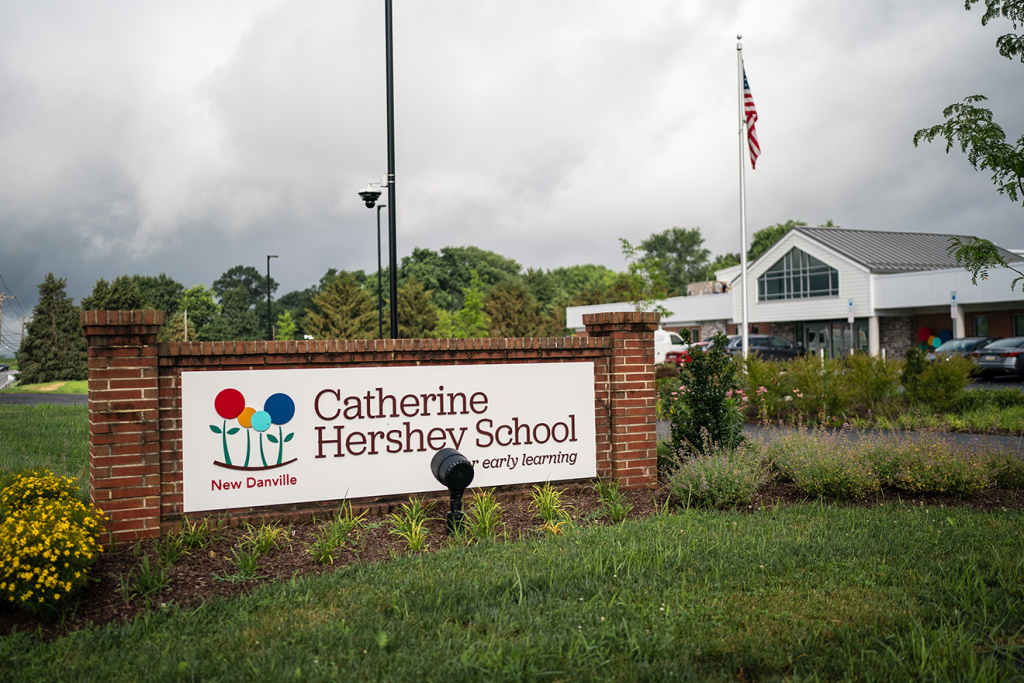Education & History
Follow the Rivers with the Stroud Center
This fall, Stroud Water Research Center invites you to discover the science behind these living systems so we can all help protect them.
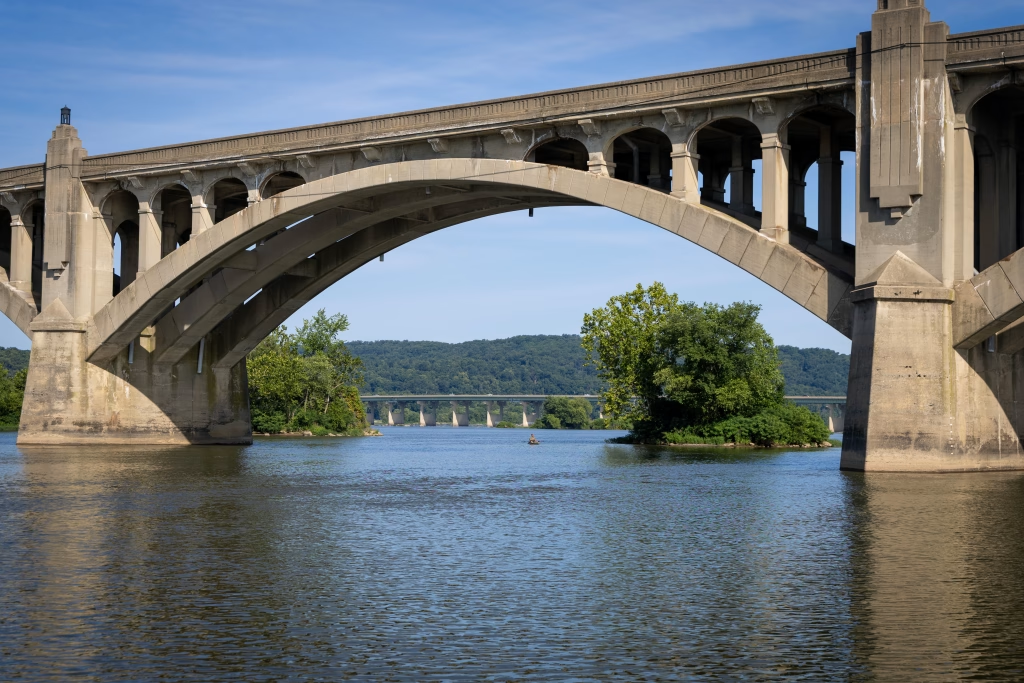
Rivers are more than water; they are life, memory, and movement.
Most people live within one mile of a river or stream, but one-third of Pennsylvania’s waterways don’t meet minimum water quality standards for aquatic life, recreation, fish consumption, or drinking.
When protected and nurtured, these rich, dynamic ecosystems host thousands of invertebrate species. However, 24 percent of the world’s freshwater fish, dragonfly, damselfly, crab, crayfish, and shrimp species are at high risk of extinction.
The health of our waterways impacts us all.
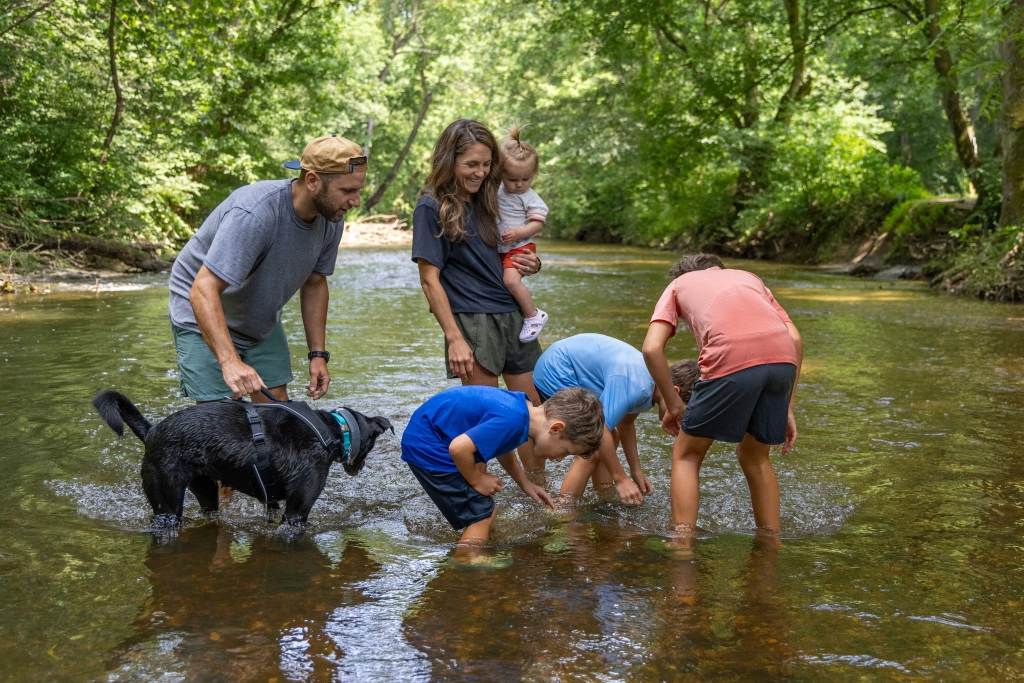
For over five decades, the Stroud Center has led pioneering global research into the science of streams and rivers. The Chester County-based nonprofit works across the mid-Atlantic region to restore watersheds and at the local, state, and national levels to inform policy—empowering communities to protect fresh water and ensure this abundant natural resource is preserved for future generations.
As part of the Stroud Center’s mission to advance knowledge and stewardship of freshwater systems, the team helps farmers improve soil health, supports families in safeguarding drinking water, and invites people to care about the health of waterways in their own backyard.
In 2024 alone, the organization planted 10,000 trees across Lancaster County and contacted 4,500 streamside landowners, many within the Amish community, to plant trees, shrubs, and perennial plants along waterways.
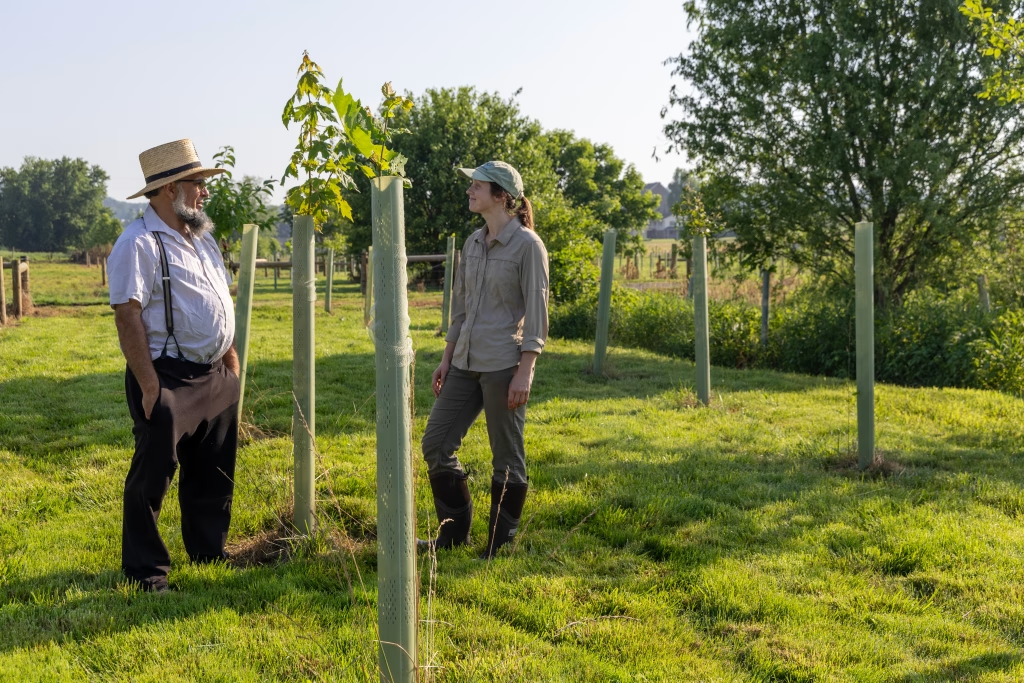
“Amish farmers and their families are some of our most enthusiastic partners,” shared Matt Ehrhart, Director of Watershed Restoration. “Many invite us to plant streamside forests on their properties to provide wildlife habitat and improve water quality.”
When you drive through Lancaster County’s rolling farmland, go fishing in a local stream, or hike along a riverbank this fall, the Stroud Center invites you to notice the work happening to preserve and restore fresh water.
- Plastic shelters around trees? Tree survival rates increase dramatically when young trees are protected from deer grazing and antler rubbing. More trees mean cleaner water.
- Fences for good reason? Cows, horses, and other animals in the streams pollute the water. By fencing out livestock, we are protecting fresh water.
- Green fields in winter? Cover crops planted in the fall during harvest protect the soil and hold it in place to protect our streams and rivers.
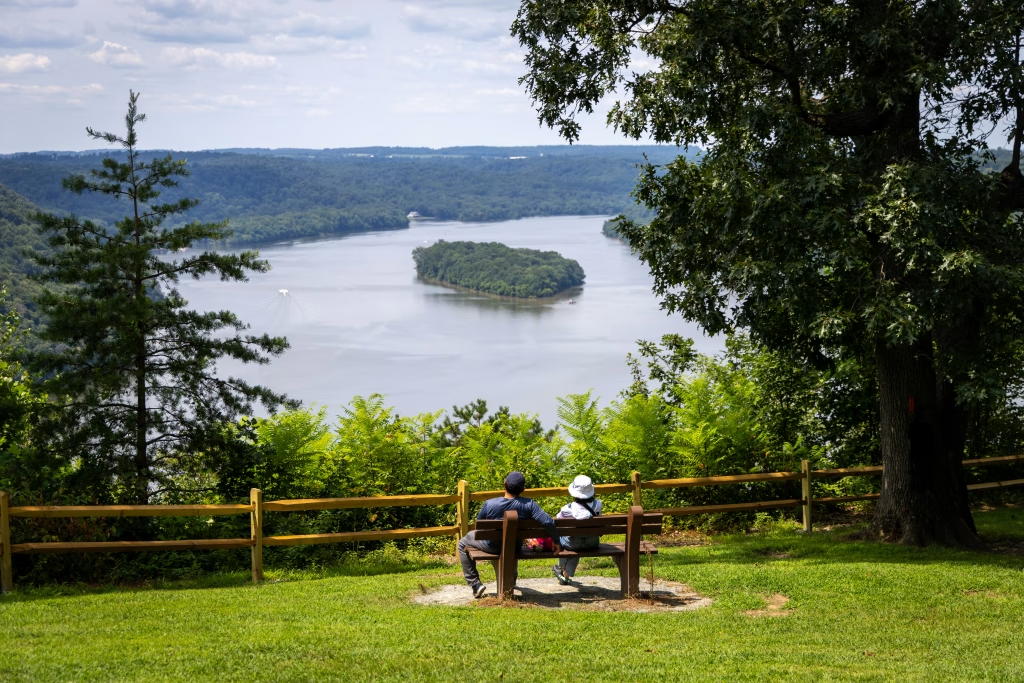
“Here at the Stroud Center, we hope your autumn includes time set aside to appreciate the community and beauty that surrounds us. Spend time in nature, let yourself unwind, listen to the water, and step in with us as we Follow the River this fall,” Jennifer Merrill, Ph.D., Stroud Center’s Director of Marketing and Communication.
Step in and start your journey at stroudcenter.org/rivers.
Want to discover more local? Follow Fig on Facebook and Instagram for inspiration.
